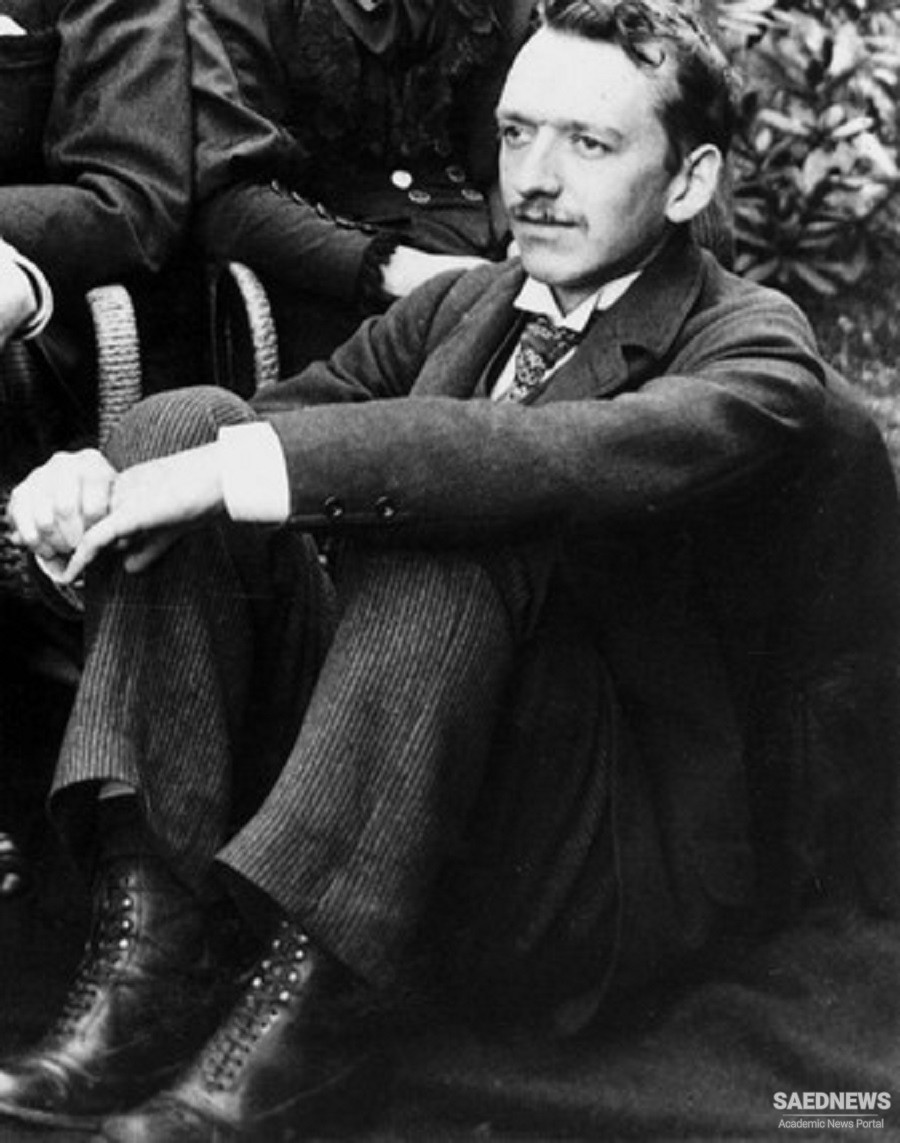Charles Thomson Rees Wilson was born on February 14, 1869, in the parish of Glencorse, near Edinburgh, Scotland. When he was four years old, his father died and his mother moved the family to Manchester, England, where he later attended Owen’s College (now the University of Manchester). Wilson originally planned to become a physician and so he focused his early studies in the field of biology. In 1888, he received a scholarship to Sidney Sussex College at Cambridge University, and he earned a degree from that institution in 1892. He then became interested in the physical sciences, especially physics and chemistry, and decided to abandon his previous plans for a career in medicine.
Late in the summer of 1894, Wilson stood on the summit of Ben Nevis, the highest of the Scottish mountains. He was fascinated by the various cloud formations and patterns he saw, and decided to attempt to simulate these beautiful natural phenomena in the laboratory. Some early experimentation in 1895 suggested that the few drops that kept reappearing each time he expanded a volume of moist, dust-free air might be the result of the condensation of nuclei. Wilson was able to support this important hypothesis early in 1896, when he exposed a primitive version of his soonto-be famous cloud chamber to a beam of Roentgen’s newly discovered X-rays. The immense increase of the rainlike condensation suggested that the air was being made more conductive by the passage of the mysterious X-rays. It also suggested that ions traveling through supersaturated air form tiny condensation droplets. Wilson’s keen insight would soon provide nuclear scientists with a unique way to see the tracks of charged subatomic particles.
In late 1896, Wilson was appointed Clerk Maxwell Student at Cambridge and so was able to devote almost all his time over the next three years to research. The greater portion of this research between 1896 and 1900 involved the behavior of ions as condensation nuclei. In 1900, Wilson was appointed a fellow of Sidney Sussex College, and then university lecturer, and then demonstrator. For most of the next decade, his tutorial responsibilities prevented him from vigorously pursuing perfection of the cloud chamber technique. He was also responsible for teaching advanced practical physics at the Cavendish Laboratory at Cambridge University until 1918.
Wilson did not abandon his cloud chamber idea. Rather, in early 1911, he became the first person to see and photograph the tracks of individual alpha and beta particles, as well as those of electrons. In 1913, he was appointed as an observer in meteorological physics at the Cambridge Solar Physics Observatory. This position provided him the opportunity to perform additional research on the tracks of ionizing particles.
By 1923, Wilson had perfected his cloud chamber and published two classic papers on the tracks of electrons. With these scientific publications, the cloud chamber quickly became an indispensable tool in nuclear research. Nuclear scientists around the world could now observe the subatomic particles and the reactions their research was producing. For example, the American physicist Arthur Holly Compton (1892–1962) used Wilson’s cloud chamber technique to demonstrate the existence of Compton recoil electrons and thereby establish beyond any doubt the reality of the Compton effect and its significance in nuclear physics.
Wilson shared the 1927 Nobel Prize in physics with Compton. Wilson received his share of this prestigious award for his experimental “method of making the paths of electrically charged particles visible by condensation on vapor.” The cloud chamber remained a primary tool for nuclear physicists for decades and eventually led to the development of the bubble chamber in the 1950s.
Starting in 1916, Wilson began to focus his research on the study of lightning. He received an appointment as Jacksonian Professor of Natural Philosophy at Cambridge University in 1925 and held that position until 1934. Wilson retired from Cambridge in 1936 and moved to Edinburgh, where he remained active in science. For example, during World War II, he applied his knowledge of thunderstorms to suggest methods of protecting British air-defense barrage balloons from lightning strikes. The Wilson cloud chamber was one of the most important nuclear research tools developed in the first half of the twentieth century. It allowed scientists to study subatomic particles and thereby make numerous other discoveries and advances in nuclear technology. Charles Wilson died on November 15, 1959, in the village of Carlops, Scotland.


 X-ray Imaging, Electromagnetic Radiation and Medical Use of Nuclear Technology
X-ray Imaging, Electromagnetic Radiation and Medical Use of Nuclear Technology














































